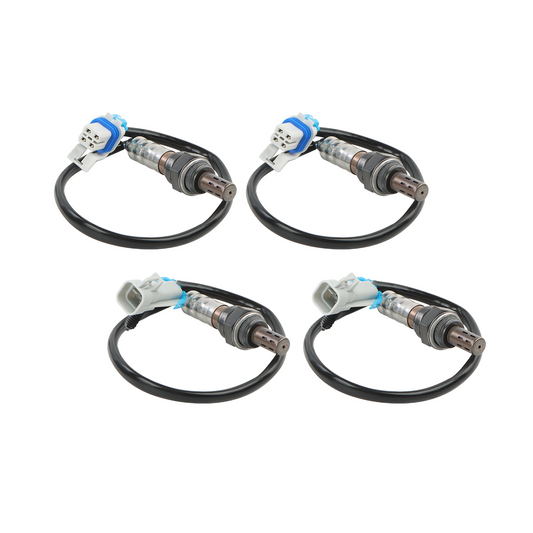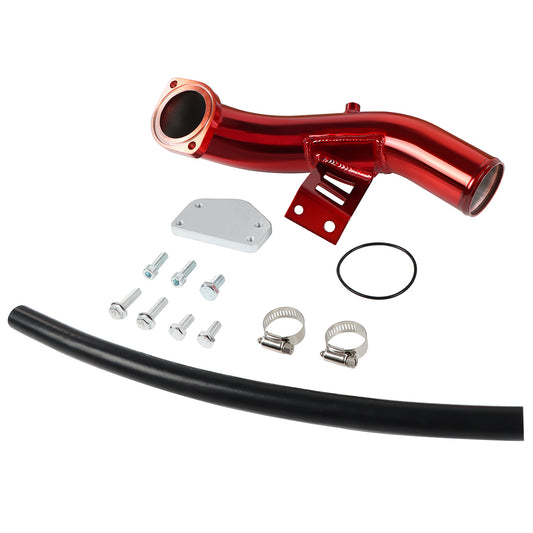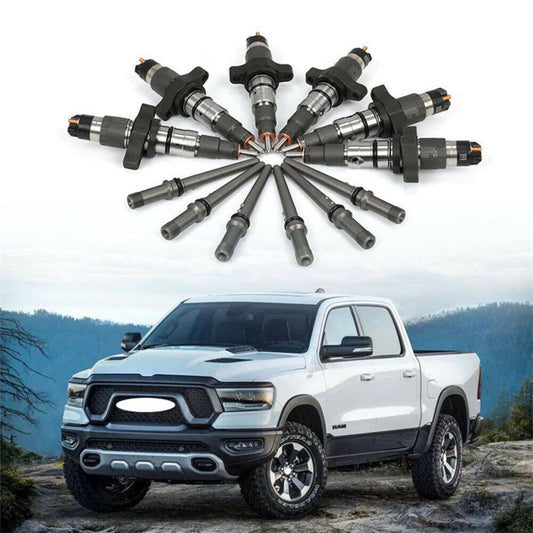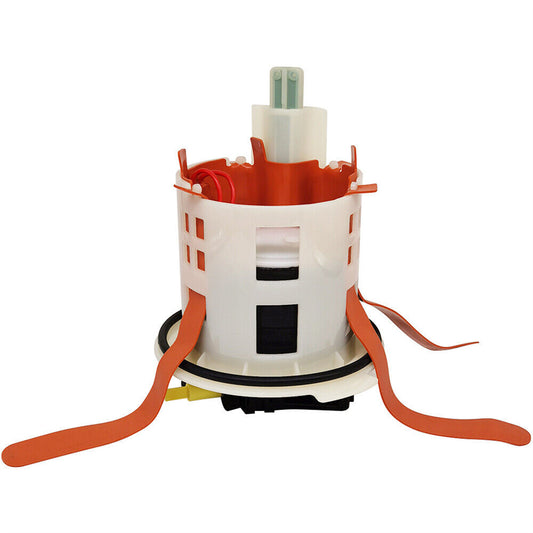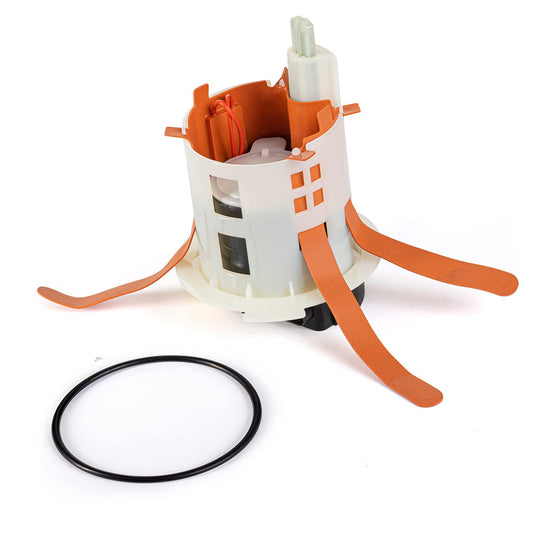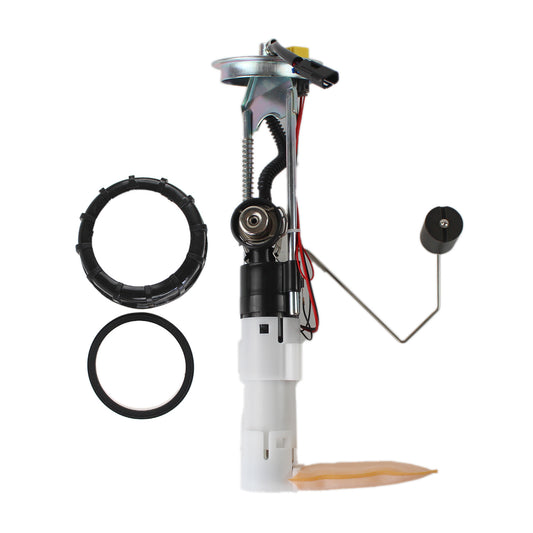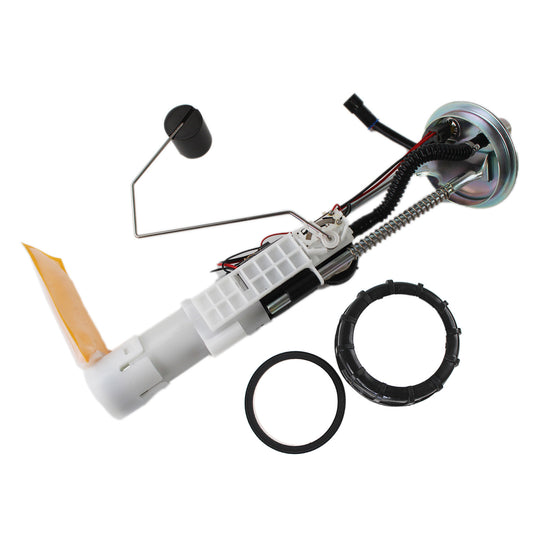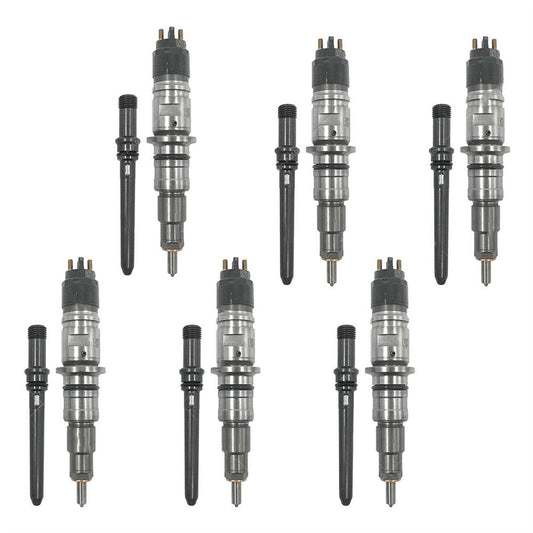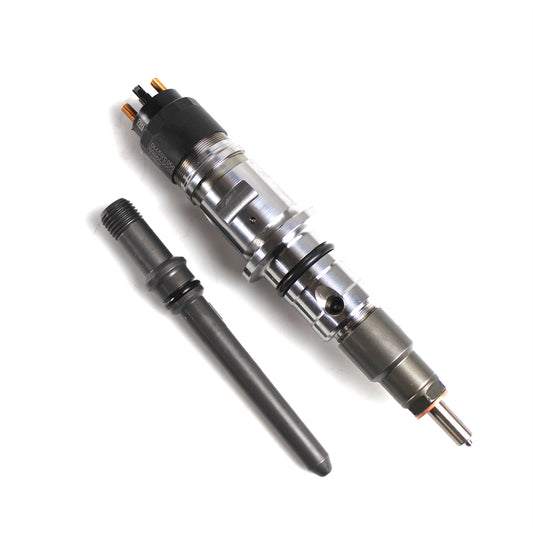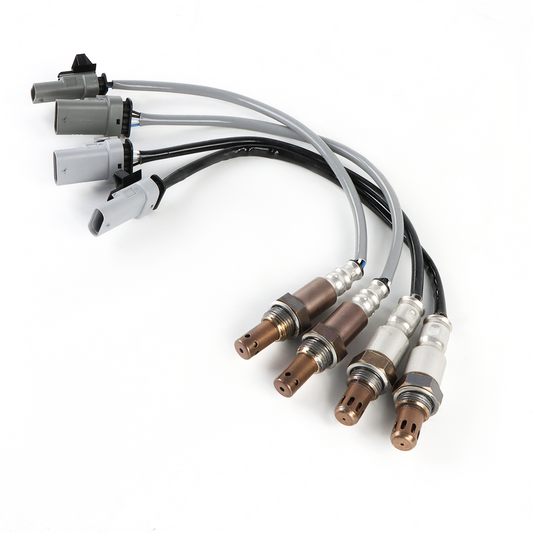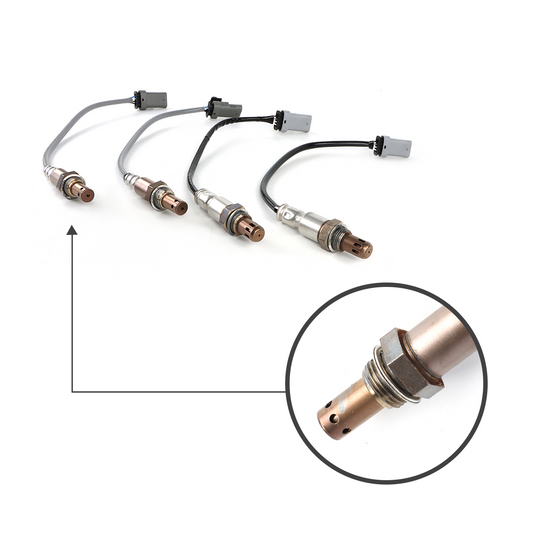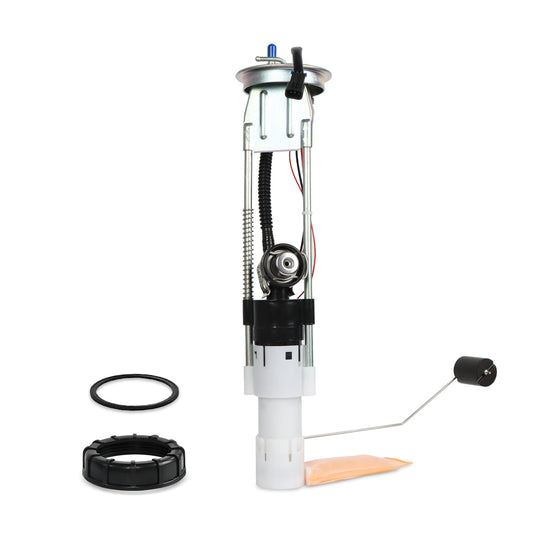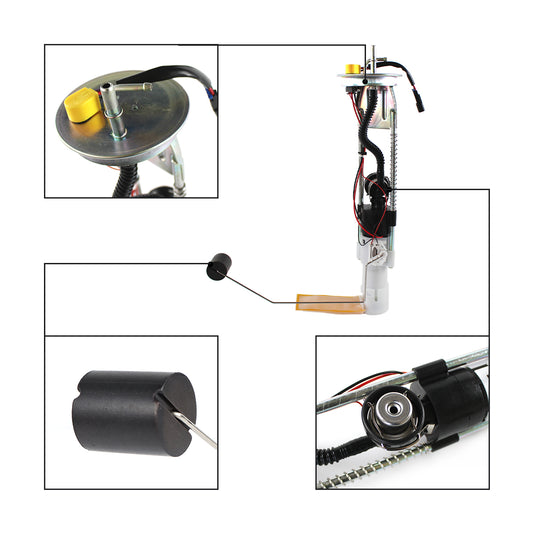What is a Camshaft and What does it do?
The operation of an internal combustion engine relies on several hundred pieces and moving parts, among which the Camshaft plays a crucial role. Without the Camshaft, a vehicle's engine would not be able to run, and even if it does, it would not function optimally if the Camshaft is damaged. Due to the fact that car engines are typically assembled in factories, the majority of people are unaware of what a Camshaft exactly is and how it operates.
This post helps you understand what a Camshaft is, what it does, and its impact on engine performance if they don't perform well. Read on to find out everything that you need to know about Camshafts.
What is a Camshaft?

Typically, Camshafts are important components that help a combustion engine to work effectively. They are used on engines to perform a few actions so that they can create several kinds of motion. A Camshaft comes with two distinct parts: the shaft and the cams. They enable the intake and exhaust valves to open and close.
Cams are attached to the shaft to make the component workable. Besides, the cams are egg-shaped or oval-shaped and placed along the shaft. The lobes is a part of cams. Moreover, the number of cams or lobes and the length of the shaft depends on the number of cylinders and valves that the engine comes with.
When the shaft rotates, the crankshaft drives the Camshaft to rotate, and the cams on the Camshaft open the valves. As previously said, the Camshaft will open and close the valve on the cylinder head. When the Camshaft rotates, the high spots on the cams press the valve lifters.
At a minimum, each cylinder contains two valves, although the most prevalent configuration features four valves - two intake and two exhaust. However, engine designs also incorporate three, five, or even more than six valves. The intake valves enable the inflow of a combustible fuel-air mixture into the cylinder, which, upon ignition, thrusts the piston downwards. The exhaust valves, on the other hand, open when the piston ascends inside the cylinder, allowing the release of residual exhaust gas from the combustion process.
What are Its Advantages?
Camshaft is a commonly used mechanical system inside an engine because it can produce motion. They are used in machines because of several advantages that they have over other types of
mechanisms.
- Efficient Power Delivery: Camshafts play a vital role in regulating the timing of the intake and exhaust valves in an engine, which helps ensure efficient power delivery. By controlling the opening and closing of the valves, Camshafts help the engine to run smoothly andefficiently, which leads to better performance.
- Durability: Camshafts are made of high-quality materials, such as hardened steel, which makes them durable and able to withstand the rigors of the engine's operation. This durability ensures that Camshafts have a long lifespan and require less maintenance over time.
- Versatility: Camshafts are versatile because they can be designed to produce a wide range of motion, including linear and rotational motion. This versatility makes them suitable for use in various mechanical systems that require different types of motion.
- Compact Design: Camshafts have a compact design, which makes them ideal for use in tight spaces. They can be easily integrated into engines and other machinery, helping to reduce the overall size of the machine.
- Cost-effective: Camshafts are a cost-effective solution for producing motion in engines and other machinery. They are relatively inexpensive to manufacture and require minimal maintenance over time, which helps to keep costs low.
What Does A Camshaft Do?

As you know, a Camshaft controls the opening and closing of the valves inside the cylinder head. When the Camshaft rotates, the cams press the valve lifters. Because of the motion, it forces the valve to open. As such, the valve springs return the valve to its original position after the cam rotates past.
So, how does the Camshaft rotate? You may have heard about the term timing chain or timing belt. Timing belts are another important component that connects sprockets on the front side of the crankshaft and Camshaft, so that they can operate in synchronization.
The crankshaft will transmit energy so that the Camshaft can rotate. During the process, the Camshaft makes the exhaust and intake valves close and open as well. When it comes to DOHC engines, each rotation will cause a single cam to force the valve down while opening it to the cylinder.
In SOHC engines, the cam will push the rocker arm while opening the valve. When the cam rotates further, the spring forces the valve to move upward and close it at the moment. In general, the Camshaft is connected to the crankshaft through a timing belt or timing chain.
In certain engines, the timing gears might be used as well. The Camshaft gear comes with twice the teeth compared to the crankshaft gear. As a result, it allows the Camshaft to rotate at a reduced speed than the crankshaft.
The Camshaft comes with four different strokes: power, intake, compression, and exhaust. Besides, Camshafts that come with variable valve timing use hydraulic actuators concerning the crankshaft angle. The variable valve timing impacts low-speed and high-speed power.
How To Know If There's A Problem With The Camshaft?
Keep in mind that when you ignore a busted Camshaft, it can result in extensive damage to certain parts of the engine, such as the cylinder head and crankshaft. Below listed are the symptoms that indicate there's an issue with the Camshaft.
1. Frequent Check Engine Light Warning
The engine check light goes on whenever the computer inside your vehicle detects something unusual. It may detect a potential problem that might lead to an increase in emissions and a decrease in horsepower.
Although the warning light may indicate several reasons, you need to connect the scan tool and check the exact codes. Sometimes, the warning sign may indicate a serious misfire. The scan tool is the first step to diagnosing engine performance.
2. Loud Tapping Or Ticking Sounds
Another sign that you should keep an eye on is the sound from the engine. A bad Camshaft will make loud tapping or ticking noises. When the engine starts to fail, you would notice abnormal sounds coming from the engine. However, the noises could be linked with worn cam lobes or failed hydraulic lifters sometimes.
3. Presence Of Metal Debris
There is no denying that a worn Camshaft result in metal debris throughout the engine. However, you won't notice metal debris on the dipstick. Still, you can find metallic swirls or debris in the oil after draining it.
4. Cylinder Misfire
No wonder, a vehicle with an underperforming Camshaft will result in poor performance because of a cylinder misfire. That way, your vehicle may lose power frequently, shake aggressively, and consume more fuel while producing more emissions than normal.
5. Increased Emissions
As mentioned above, a worn Camshaft will cause the engine to stall, resulting in a significant increase in tailpipe emissions.
6. Noticeable Signs of Damage or Corrosion
If your vehicle comes with an overhead Camshaft engine or OHC, you can find visible signs of damage by lifting the cam cover. Look for certain issues such as scored journals or worn lobes that indicate an internal failure resulting from a damaged Camshaft.
What Happens If Your Camshaft Gets Damaged?
When the Camshaft gets damaged, the components around it are at risk of getting damaged too. The most vulnerable parts are those located inside the engine. These might include the crankshaft,valves, cylinder head, cylinder block, connecting rods, pistons, and so on.
Apart from that, a damaged Camshaft can break into two pieces due to a fracture or crack caused by rough handling before installation or during shipping. A Camshaft may be defective if they appear bent. Moreover, the cam can break off or chip easily after getting hit by the rotating parts of the engine that may come loose for many reasons.
Whatever the case, you have to fix the bad Camshaft and get your vehicle up and running. If you are not an expert, it is wise to take help from a professional. Either they will have the old Camshaft machined or replace it with a new one.
It's important to select the appropriate Camshaft to enable the engine to receive the maximum amount of fuel and air mixture, resulting in improved performance. Camshaft replacement costs can be quite high, with prices ranging up to $400 or more. As such, we advise performing regular inspections and maintenance of the Camshafts to avoid costly repairs. The extent of the damage may also require additional repairs.
Conclusion
By now, you have understood what a Camshaft is and its importance in an internal combustion engine. In short, a Camshaft is a critical component of an engine that helps it perform well. Like any other moving component, things can go wrong over time, and the Camshaft is no different.
Failure to properly maintain the system surrounding the Camshaft can lead to damage, potentially requiring Camshaft replacement. To address this, it's important to seek out a reliable auto parts provider that can offer the right solution while prioritizing safety and quality of parts. At Daysyore Auto Car Parts, we offer high-quality auto parts that can help prevent potential issues with your vehicle.


